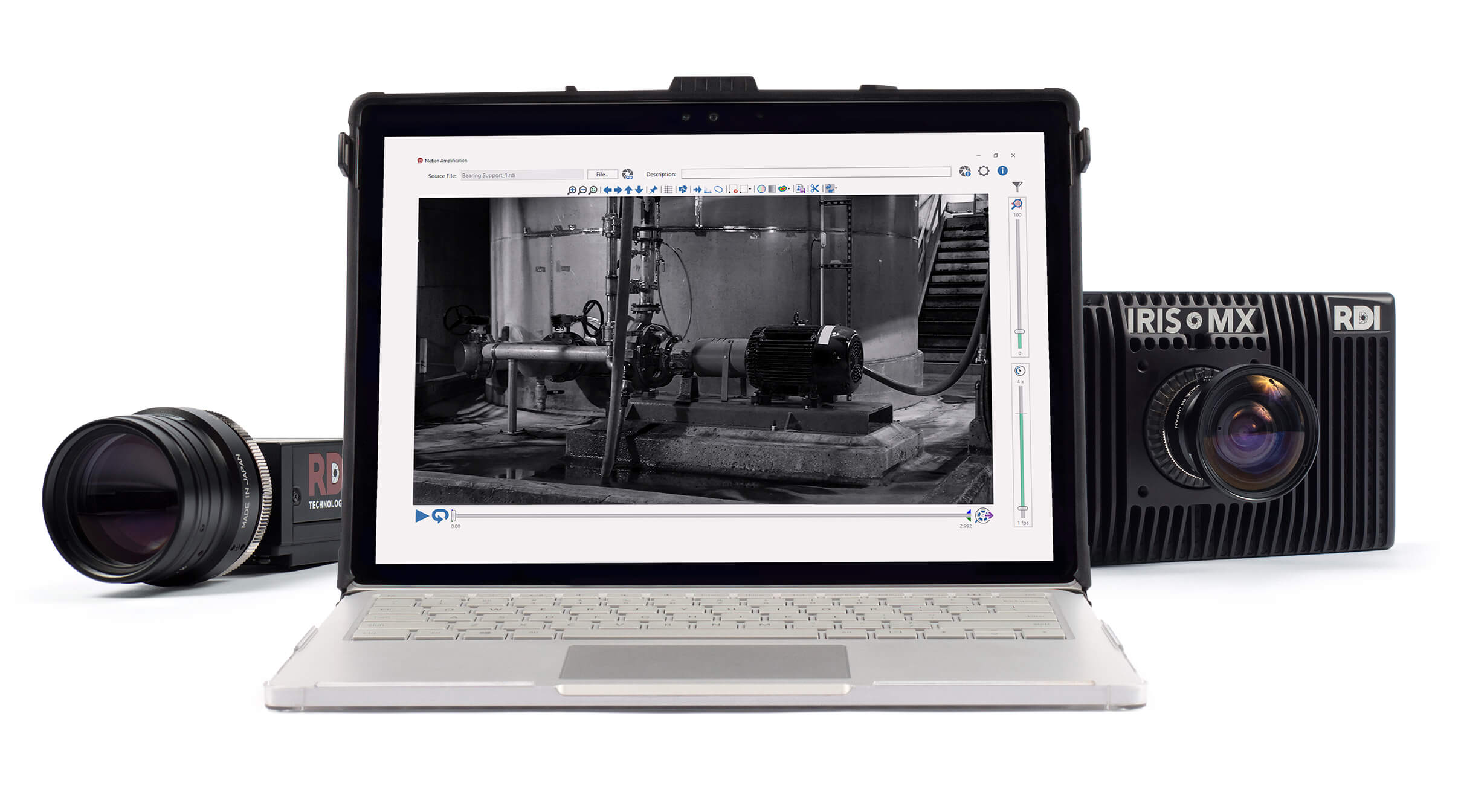GET IN TOUCH.
Want to learn more? For more information or a quote on our products or services, please contact us.

Yes!
New to Version 2.5 is the "Trim Recording" tool represented by this toolbar icon:

To use this tool:
See the attached video for a quick demonstration
Yes you can.
Starting in Version 2.5, in Motion Explorer, you can select multiple recordings to amplify all at once.
On your tree-view list inside a collection, you will see the videos listed. Any video with a green check has been amplified. Any video with a yellow caution symbol needs to be amplified.
From within a collection, use the "SHIFT+Click" or "CTRL+Click" to select multiple recordings. After the necessary recordings are selected, click on the "Amplify Recording" icon from the ribbon bar. Note - the icon will also only appear active when a recording which needs to be amplified is selected.
 The attached recording gives a short demonstration of this behavior.
The attached recording gives a short demonstration of this behavior.
Yes.
New in Version 2.5 is the ability to compare waveform peaks and find a relative phase difference between the waveforms.
To compare phase readings follow these steps:
1) Place two ROIs in the recording and let the software perform its calculations
2) (Optional) You can use the Spectrum to identify the peak frequency. If you know the frequency, this is not necessary.
3) Open the Time Waveform displays
4) Right-click in the plot that you would like to use as the Master for the reference
5) From the new pop-up menu, select "Set Phase Reference"
6) Enter the frequency at which you want to do the comparison
7) You will see the frequency appear at the bottom of the Master waveform
8) The other waveform displays will have a relative phase between their waveform and the master's
The video below gives a short demonstration comparing the relative phase between two ROIs in the X-axis
NEW BEHAVIOR after update to Version 2.5
Use the "Export Specification" tool to change the quality and content of your MP4 exports.
New in Version 2.5 is a tool that you can use to determine the quality of the MP4 created during export. You have three choices: Low, Medium and High. High will produce the highest quality video and the largest file size. Low will result in the smallest file size and the lowest quality video. This selection determines the level of compression that is used when producing the video.
This tool also lets you determine the Video Format for the MP4. Available choices are:
Full HD (High Definition) 1920x1080
HD (High Definition) 1280x720
SD (Standard Definition) 640x480
The larger the format, the larger the size of the produced file.
The table below gives approximate file sizes for a 1 second video in each format at each quality.
| Full HD | HD | SD | |
| High | 277 KB | 144 KB | 30 KB |
| Medium | 277 KB | 144 KB | 30 KB |
| Low | 215 KB | 141 KB | 30 KB |
The Export Specification tool looks like this (with the Video Format and Quality lines in the green box) and will appear after clicking on the "Export Video" icon 

Related Articles:
Why do some questions have multiple answers?
How can I reduce the size of an MP4 export? (Export length)
How can I reduce the size of an MP4 export? (Playback speed)
How can I reduce the size of an MP4 export? (Original and Amplified Frames)
Possibly.
If you have an old recording which has a good view of a shaft, you can open it in Version 2.5 or newer of Motion Explorer and add one of the Shaft Measurement ROI boxes (Horizontal Shaft or Vertical Shaft) to the shaft location. Keep in mind, the shaft must be large enough, have good lighting, and be either horizontal or vertical. If you only have a small portion of shaft in the background, it may not provide good measurements.
Version 2.5 is the first version of RDI Technologies™ software where rotating shafts can be measured. However, you must use one of the specific Shaft Measurement ROI's, Horizontal Shaft or Vertical Shaft. A standard XY ROI cannot make this measurement.
Related Articles:
Can a recording taken in a previous version of software be used to take a Shaft Measurement?
Want to learn more? For more information or a quote on our products or services, please contact us.
